Back in February, during the firestorm of publicity surrounding the pending release of Iron Man 2, I was asked to participate in a plethora of interviews and personal appearances concerning the film. The venue I was most excited about was the invitation from one of my favorite publications — POPULAR SCIENCE.
I have been an avid reader of this magazine since I was a young man and its insightful articles have, on more than one occasion, inspired story and character concepts that wound-up in my comic book work.
Unfortunately, as circumstances often are in the publishing biz, just days before it was set to print, the PopSci editors informed interviewer John Scott Lewinski that they had to bump the piece.
Although it was very disappointing for me, I know how these things can happen. After all, I wasn’t actually announcing a huge new scientific breakthrough.
Rather than let the interview simply languish in limbo, I decided to publish it here in its entirety.
PS: How did real science work itself into Iron Man’s original and concept designs?
Bob: Credibility is always the key to characters like Iron Man. It’s not a costume, like Spider-man’s or Superman’s—it’s a weapon.
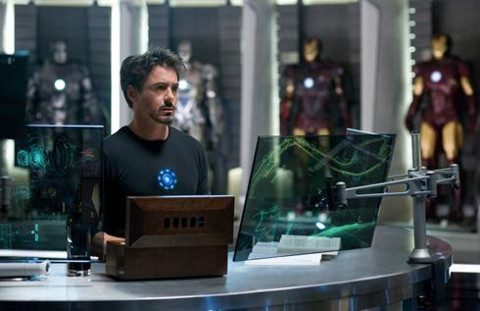
The one innovation I’m mostly credited for is of turning Iron Man into a metallic-looking hero. Prior to my being on the book, he was pretty much rendered like any other costume. I took the rule-of-thumb techniques I had learned from my mentors and applied it to rendering the armor so it looked like a suit of metal, rather than just another spandex superhero outfit.
Technology is constantly evolving and so should Iron Man.
That was my thinking when I originally created the concept of the specialty armors. Back in Iron Man #117 (January 1979), we first unveiled Tony Stark’s Hall of Iron, where he began working on new concept designs for his Iron Man technology. The fans got really pumped when they saw all the variant armors in the picture and started clamoring to see some of them in action. That Hall of Iron concept endures to this day and can be seen in the upcoming film, IRON MAN 2.
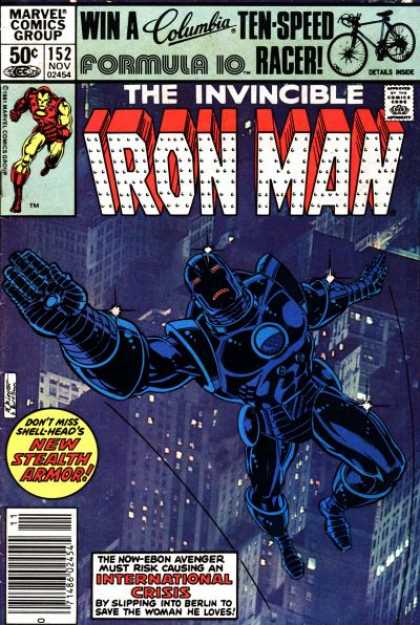
For example: There’s a huge difference between a stock car and Indy car. Each is designed for specific tasks and THAT was our thinking when approaching the Iron Man armor back in the late 1970’s. It’s unrealistic to presume that one device can adapt to all situations and environments. Making this fictional technology believable was the key to making the entire premise work and a big reason for the continued popularity of character over the decades.
The Editor-In-Chief at Marvel in those early days used to stress that certain events, like traveling into outer space, should be a BIG DEAL. That was the major difference between DC Comics approach and ours. When a Marvel character went into space—it was a friggin’ huge deal!
So when we had a story that necessitated Iron Man to travel beyond the atmosphere of the Earth, David Michelinie and I came up with the first variant suit in Iron Man’s arsenal—the Space Armor. (Iron Man #142) We looked at the environment and made wholesale alterations in the suit’s design to fit the task. Since there was no air, we removed the mouth slit (It was just one more hole that he could get sucked out of if he experienced explosive decompression) and we increased the bulk of the suit (which didn’t matter in a weightless environment) to accommodate extra fuel and a specific weapons array.
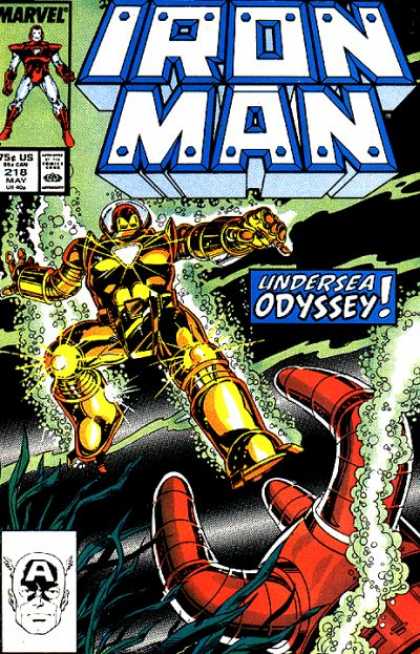
After the success of the space armor, we applied emerging stealth technology to Iron Man’s arsenal (Iron Man #152).
There was also an armor specifically designed for deep sea exploration, as well as the constant modifications we would add to the existing battle suit.
We had a great technical advisor in the Marvel offices at that time named Eliot R. Brown. He was always coming up with new methods of applying scientific principles to Marvel’s mainstream characters, including Iron Man.
With his advice, we applied the concept of polarization to turn collapsible microscopic chain mail into a rigid metal shell on Iron Man. Polarization allowed Tony Stark to create a collapsible armor that he could easily fit in a briefcase.
PS: How have emerging technologies affected how Iron Man was conceived and drawn over the years?
Bob: I’ve always had an aptitude for science as a kid–which is something of a contradiction for someone with an artistic leaning. I’ve continued to read scientific journals and such to this day—including POPULAR SCIENCE. I read scientific journals and such regularly.
That’s probably why co-plotter and scripter David Michelinie usually left the scientific stuff to me when we worked on creating the Iron Man adventures together. I’ve always been fascinated with certain aspects of science and I love applying what I read to my work. I really wanted my contemporary stories, which have science as a theme, to be on the cutting-edge of the technological frontier. I believe that the next twenty years is going to open up new avenues of scientific exploration that has only been dreamt of in the past. Tony Stark should always be on the cutting-edge of that frontier.
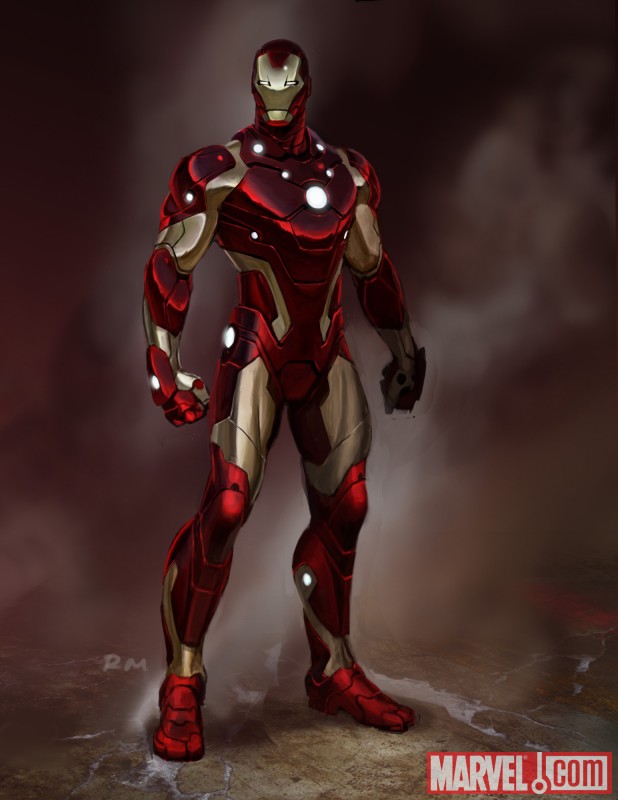
My basic Iron Man philosophy over the decades that I’ve been associated with the character is that the armor technology should continue to evolve and streamline. The one thing that Marvel has done over the last two decades that drives me nuts is that they keep making the Iron Man armor more bulky and loaded with clunky crap.
My fans know that I’ve preached and preached about streamlining the armor. I would use examples like; “Look at the technology you use to listen to music NOW compared to a decade ago.”
Ten years ago, it was a Walkman that was about the size of a friggin’ Frizbee!
Recently, Matt Fraction, the current writer on Iron Man had the armor redesigned. Fraction said in a Marvel press release.
“If technology is increasingly getting smaller and lighter it seems like the Iron Man should do the same: ergonomic and aerodynamic. We were looking for something that felt as sleek and glossy as a sports car Tony Stark would covet. I love what we’ve come up with. It feels like the next evolutionary step in the Iron Man’s design.”
After twenty years of bitching my head off, I took that paraphrasing of my philosophy as a personal victory.
As far as creating any new armor goes, I would always make it sleeker and with less, non-functional design elements on it. In fact, you will see this applied when “IRON MAN 2” premieres in May of 2010.
PS: How would you foresee new technologies changing what comic fans see in Iron Man?
Bob: Carbon nano-technology is the most practical scientific application on the horizon for Iron Man. That–and Spintronics. An article in the late nineties about Spintronics in Scientific American (sorry, guys!) got me thinking about the possibilities of applying that technology to a contemporary character’s abilities.
The concept of Spintronics operates by the principle that all computers store information on the basis of an infinite combination of zeroes and ones. Spintronics, simply stated, is the science of sub-atomic computers. An atom that spins to the left represents “zero” and the one that spins right–“one”. This concept will lead us to the world where we can create molecular machines, capable of incredible power, yet as compact as a tube of Chapstick. Imagine the application of that principle to Iron Man’s technology. It would make him a serious, bad ass Mamma-Jamma!
Someone once asked me what the ULTIMATE IRON MAN ARMOR might be.
My response: “Liquid.”
My fans bugged me a few years ago to create something that represented what I was talking about. In response, I created the Iron Man Nano-Armor design.
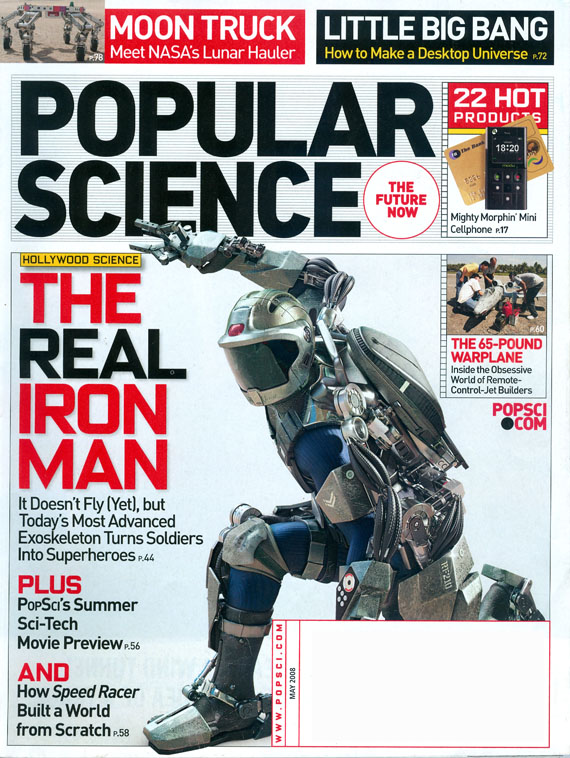
PS: How do you think your designs will affect real life armor suits being worked on now?
Bob: When you folks published the article “Building The Real Iron Man” by Gregory Mone in the May 2008 issue of Popular Science, I almost soiled myself! I bought three copies and sent them to friends saying, “Look! They COULD make a REAL Iron Man armor!” It was a huge validation for the credibility of what I’ve tried to accomplish over my career with the character.
I don’t know if my work will ever inspire someone to make Iron Man’s armor a reality.
That was never my intent.
First and foremost, my job has been to entertain.
PS: Has the real world military or anyone associated with it ever contacted you about your designs or thought process?
Bob: No. And that’s a scary thought if they had!
PS: Were you involved with the various movie designs, and how did you like the on-screenresults?
Bob: Not directly. They have undoubtedly been heavily-influenced by what David Michelinie and I created during our long run on the comic book series and Favreau, Downey and crew are always quick to acknowledge our contributions to the lexicon. The second film is rife with our characters and concepts, more so than the first movie.
I got a chance to visit with Robert Downey Jr., Jon Favreau, screenwriter Justin Theroux and the entire crew on the set of Iron Man 2 last year–which was totally cool. It is an honest assessment to say that the cast and crew are fans of my work– and of Iron Man in general.
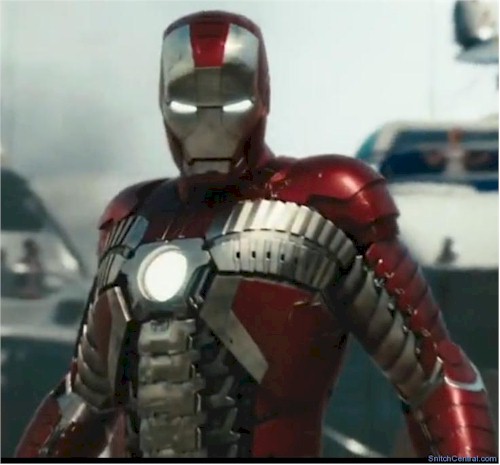 Everyone on the set took time out from their incredibly busy schedule to extend their hospitality to me while I was there and it was supremely gratifying.
Everyone on the set took time out from their incredibly busy schedule to extend their hospitality to me while I was there and it was supremely gratifying.
And, although they slightly altered Tony Stark’s premise in the movie from what David Michelinie and I originally came up with, it still had the same dynamic that we gave Stark in the comic book series and the marriage of character-to-technology remained consistent with our overall philosophy.
As a result, the success of this film has been a huge boost for Ol’ Shellhead and his legacy in the mass market. It’s has now moved the character into the consciousness of the general public and not just the die-hard comic fans. And thanks to the Iron Man movie, my 83 year old mother finally understands what I’ve been doing with my life over the last thirty years.
My overall impression of first Iron Man movie is that it was one of the better comics-to-film adaptations to date. Robert Downey Jr. totally nailed the role of Tony Stark. And John Favreau stayed true to the spirit of the technologically-based hero, in the first film and in the upcoming sequel.
Even though the cast, screenwriter, producers and crew were forthcoming to me about the story they’ve created, I’ve promised that I would reveal nothing that could be considered a spoiler.
Needless to say, it’s my opinion that they’re going to top the first movie in scope.
And most importantly, you will see the evolution of the Iron Man technology from the first film—to this new chapter. (Reference to suitcase Silver Centurion armor)
I was blown away by what they’ve accomplished and I’m positive moviegoers will be, as well.


